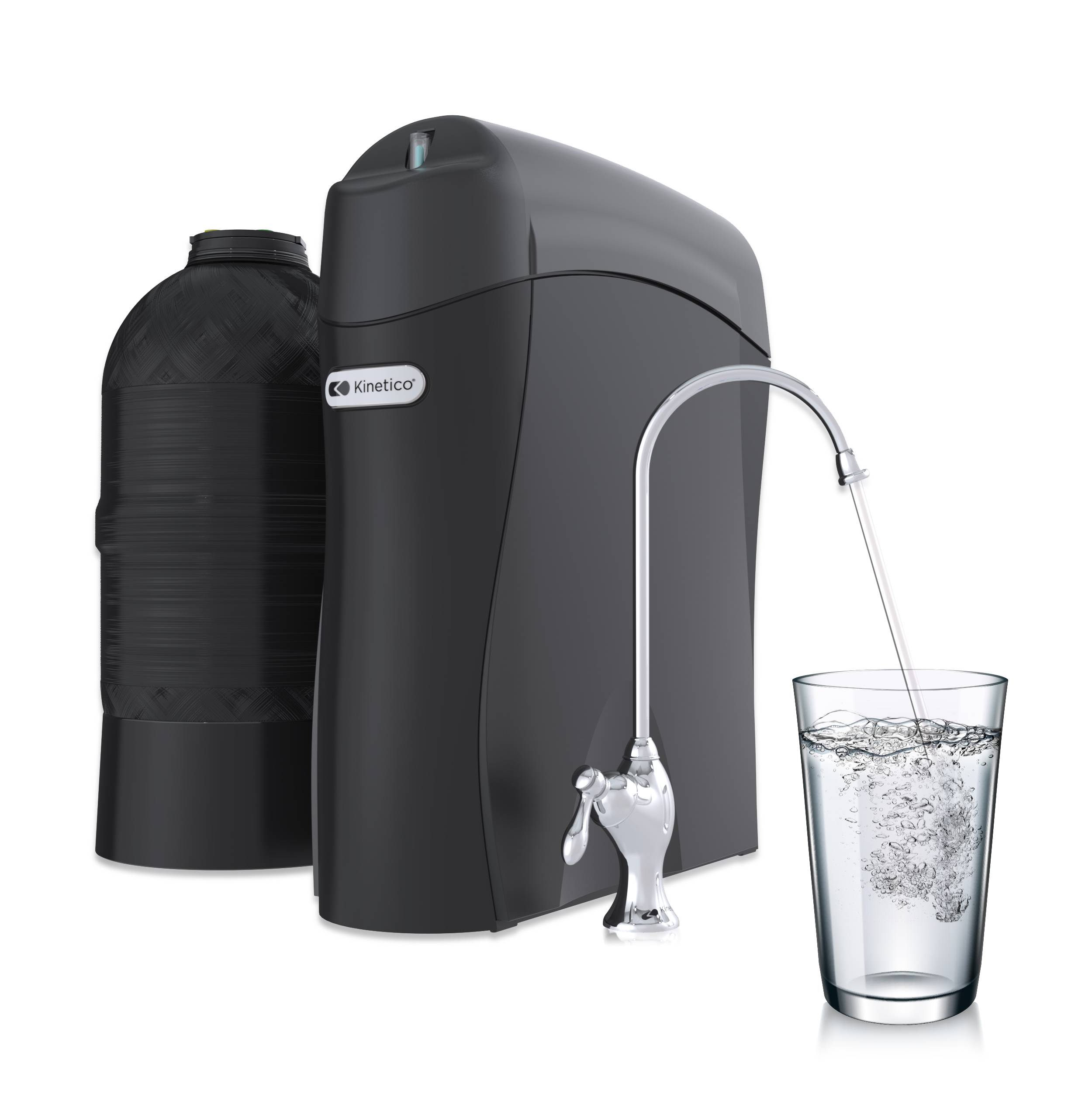In recent years, concerns have escalated regarding the presence of per- and polyfluoroalkyl substances (PFAS) in drinking water supplies across the globe. PFAS are a group of man-made chemicals that have been widely used in various industrial and consumer products for decades. Unfortunately, these persistent chemicals have been linked to serious health risks, including cancer, reproductive problems, and immune system disorders. Given the potential dangers associated with PFAS exposure, it’s essential for individuals to take proactive steps to avoid these contaminants in their drinking water. Let’s explore what PFAS are, how they enter drinking water supplies, and most importantly, how you can minimize your exposure to them.
Understanding PFAS
Per- and polyfluoroalkyl substances (PFAS) are a group of synthetic chemicals characterized by their strong carbon-fluorine bonds, which make them highly resistant to degradation in the environment. PFAS have been used in a wide range of industrial and consumer products, including non-stick cookware, stain-resistant fabrics, firefighting foam, and food packaging.
The most well-known PFAS compounds include perfluorooctanoic acid (PFOA) and perfluorooctane sulfonate (PFOS), but there are hundreds of other variations with similar properties. These chemicals have become ubiquitous in the environment, contaminating soil, water, and air, due to their widespread use and persistence.
Health Risks Associated with PFAS
Exposure to PFAS has been linked to numerous adverse health effects, prompting regulatory agencies and health organizations to classify certain PFAS compounds as hazardous substances. Studies have found associations between PFAS exposure and various health conditions, including:
Reproductive Problems: PFAS exposure has been associated with reduced fertility, pregnancy-induced hypertension, and developmental issues in infants and children.
Immune System Disorders: PFAS exposure may suppress the immune system, increasing susceptibility to infections and autoimmune diseases.
Liver Damage: Prolonged exposure to PFAS has been shown to cause liver damage and dysfunction in both animals and humans.
Given these significant health risks, it’s crucial to minimize exposure to PFAS, particularly through drinking water, which serves as a primary route of ingestion for many individuals.
Sources of PFAS Contamination in Drinking Water
PFAS can enter drinking water supplies through various pathways, including industrial discharges, wastewater treatment plants, and contaminated groundwater. Some of the primary sources of PFAS contamination in drinking water include:
Industrial Facilities: Manufacturing plants that produce or use PFAS-containing products may release these chemicals into the environment through air emissions, wastewater discharges, or improper waste disposal practices.
Firefighting Foam: Aqueous film-forming foams (AFFF) used in firefighting and fire training exercises contain PFAS compounds, which can leach into soil and groundwater near firefighting sites.
Landfills: Landfills that accept waste containing PFAS-containing products can become sources of groundwater contamination as the chemicals leach from the landfill into surrounding soil and water.
How to Minimize PFAS Exposure in Drinking Water
While addressing PFAS contamination at its source is crucial for long-term mitigation efforts, individuals can take proactive steps to reduce their exposure to these chemicals in drinking water. Here are some practical measures you can take to safeguard your health:
Test Your Water: Consider testing your drinking water for PFAS contamination, especially if you live near industrial sites, military bases, or areas known to have PFAS contamination. Certified laboratories can conduct PFAS testing on water samples collected from your tap.
Invest in Filtration: Install a certified water filtration system that is capable of removing PFAS from drinking water. Look for filters that are specifically designed to target PFAS compounds, such as activated carbon filters or reverse osmosis systems.
Use Alternate Water Sources: If PFAS contamination is detected in your drinking water, consider using alternate water sources for drinking and cooking purposes. Bottled water or water from a trusted, PFAS-free source can serve as a temporary solution until the contamination is addressed.
Avoid PFAS-Containing Products: Minimize your use of consumer products that contain PFAS, such as non-stick cookware, stain-resistant fabrics, and personal care products. Opt for PFAS-free alternatives whenever possible.
Per- and polyfluoroalkyl substances (PFAS) pose significant risks to human health, and their presence in drinking water is a growing concern worldwide. In partnership with Kwater, safeguarding your health from PFAS contamination in drinking water becomes simpler and more accessible. With our reliable filtration systems and commitment to water quality, you can trust Kwater to provide clean, safe drinking water free from harmful PFAS chemicals. Together, we can ensure that every sip you take is refreshing, pure, and devoid of any worries about contaminants.
While addressing PFAS contamination requires concerted efforts at the regulatory and industrial levels, individuals can take proactive steps to minimize their exposure and protect their health. By staying informed, testing water quality, investing in filtration, avoiding PFAS-containing products, and advocating for regulation, individuals can play a vital role in safeguarding their drinking water and reducing the risks associated with PFAS exposure. Together, we can work towards a future where clean, safe drinking water is accessible to all, free from the harmful effects of PFAS contamination.


